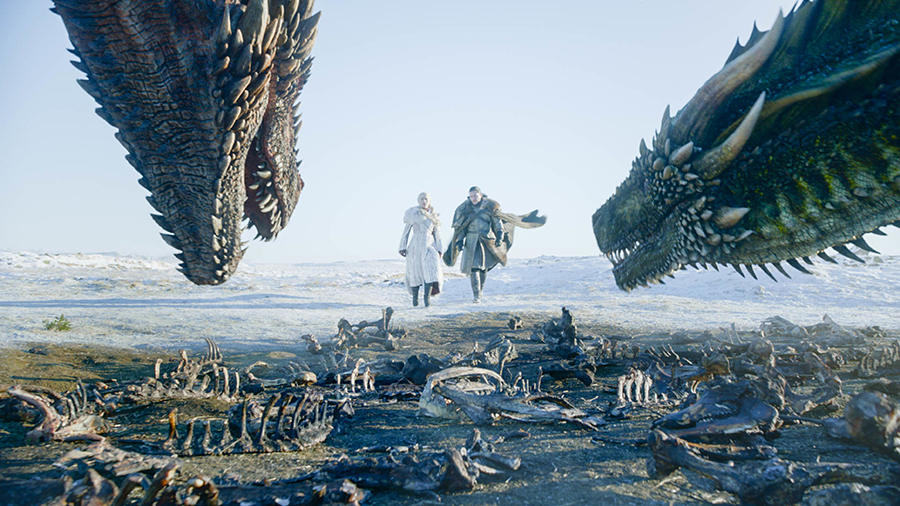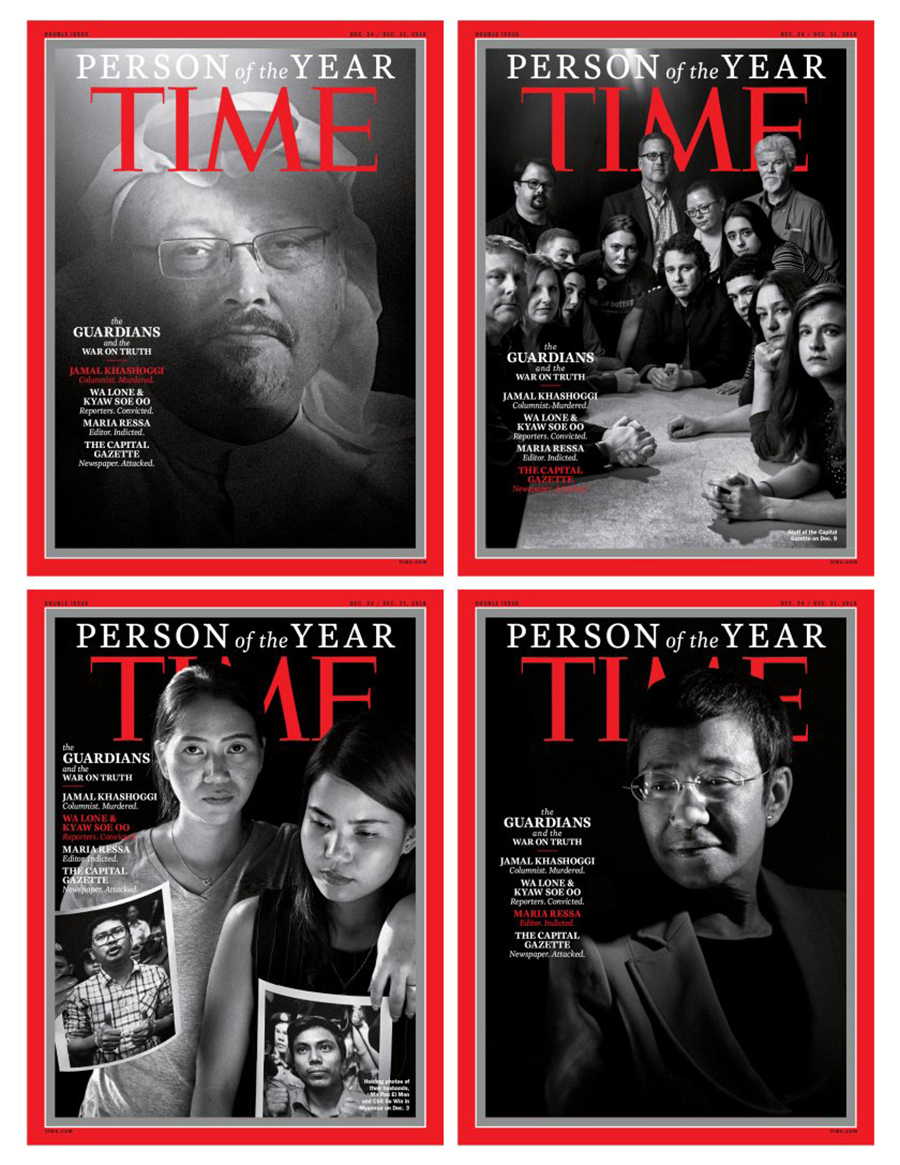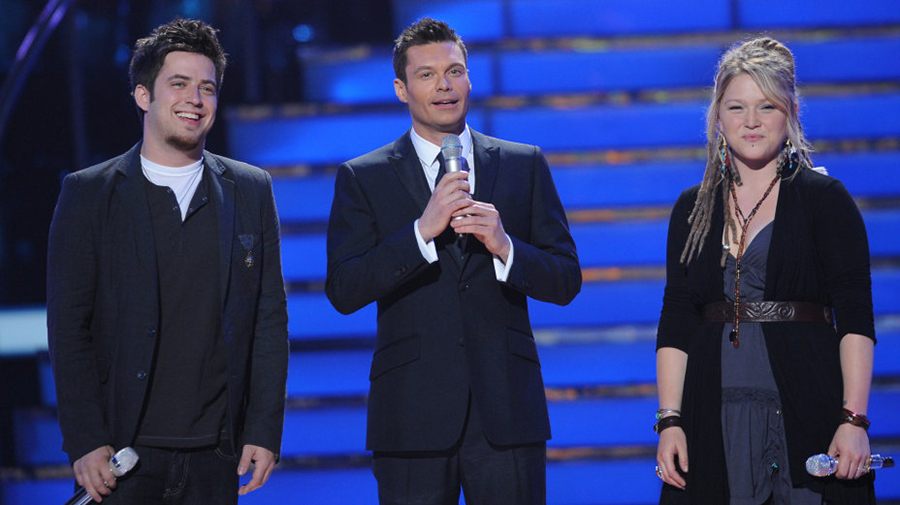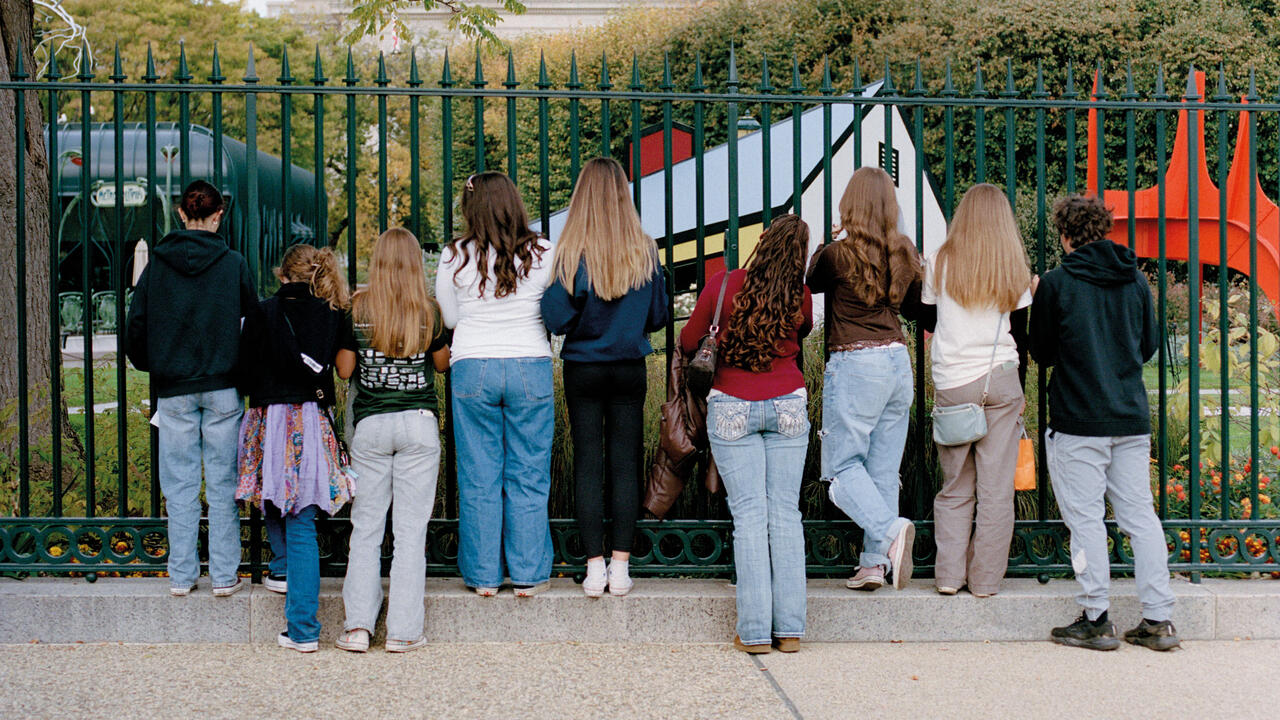The Decade Everything Was Fictionalized
What art speaks to us when we’re overwhelmed by climate change and global instability?
What art speaks to us when we’re overwhelmed by climate change and global instability?

1
We live in an age of fiction. The White House spouts lies so bald-faced they’d make Big Brother blush. Social media networks are flooded with disinformation bots. Meanwhile, the cultural sphere is increasingly consumed by ever-expanding, cross-medium fictional ‘universes’ of superheroes, wizards and spaceships. And yet, at the start of the decade it was fashionable to declare the reverse: that we were entering a new age of radical reality.
In 2010, David Shields published his manifesto Reality Hunger, an ‘ars poetica’ for the zeitgeist of artists ‘breaking larger and larger chunks of “reality” into their work.’ The book was everywhere, from The New Yorker to The Colbert Report (2005–14), and an army of critics rallied to Shields’s side to celebrate a cultural shift to the real. Fictional shows and traditional novels were out. Reality television, documentaries, and personal essays were in.
So how did reality go so wrong?

2
Let’s flash back to 2010. President Barack Obama is fresh off winning the Nobel Peace Prize and the global order is supposedly restabilising from years of terrorist attacks and disastrous wars. American Idol rules the airwaves. Everyone from teenagers to grandparents log online to share their personal life on sites like MySpace, Facebook and LiveJournal.
It is in this hopeful, naïve US that Reality Hunger appears. Collaged from over 600 quotes, most appropriated, the intentionally fragmented manifesto had two main thrusts. The first was that traditional narratives focused on ‘characters’ names, plot developments, lines of dialogue, details of setting’ had exhausted their usefulness. They weren’t ‘embodying what it’s like to be alive’ in the way that lyric essays, memoirs and (oddly) reality television did. (Reality television is highly fictionalized and scripted into narratives, but to claim a zeitgeist, Shields needed to rope in the masses.)
Secondly, Shields argued in favour of plagiarism, sampling and distorting facts as the methods for creating reality-based art. Other start-of-the-decade books made similar arguments, such as Kenneth Goldsmith’s Uncreative Writing in 2011 and John D’Agata and Jim Fingal’s The Lifespan of a Fact in 2012. Why should writers worry about petty things like factual accuracy or copyright in this new hopeful age?
At the start of the decade, the reality crowd looked prescient. Certainly, traditional narrative art – with all those ‘essentially purposeless’ (Shields) characters, settings and plots – still dominated movies and books. Yet there were movements toward ‘reality-based art’. Reality television topped ratings and online personal essays produced reliable viral traffic. In literature, ‘autofiction’ writers like Ben Lerner, Sheila Heti, Karl Ove Knausgaard and Rachel Cusk created ‘anti-novel[s], built from scraps’ (Shields again) that blurred the distinction between fiction and nonfiction.

3
What a difference a decade makes. As we approach 2020, fantasy and science fiction works fill the movie theatres and bookstore shelves. All of the most popular non-NFL television shows of the 2018–19 season were scripted fictions. Meanwhile many attempts at post-Reality Hunger art, such as Kenneth Goldsmith’s ‘remix’ of Michael Brown’s autopsy report in 2015, were met with widespread derision.
Reality Hunger seems to have fallen victim to the classic manifesto trap: trying to explain the future by describing the past.
‘Facebook and MySpace are crude personal essay machines,’ as Shields wrote, may sum up the aughts internet of blogs and diaristic writing. A 2010s teen will say ‘What’s a MySpace?’ and go back to sharing TikTok memes or penning ‘Harry Potter’ tales on Fanfiction.net. The 2000s reality television boom – bolstered by the 2007–08 writers’ strike – was perhaps driven more by studio economics than popular hunger for dating shows. Those shows were cheap to produce, and where else were viewers going to go? In the 2010s (and soon the ’20s), Netflix, Amazon Prime, HBO Max and Disney+ battle for customers with Game of Thrones (2011–19) and The Mandalorian (2019–ongoing). The reality television that remains is often fictionalized, the ‘real people’ of American Idol (2002–2016; 2018–ongoing) giving way to the science fiction costumes of The Masked Singer (2019–ongoing).
Where Shields, D’Agata and Fingal do seem prophetic, their prophecy is inverted. They may have correctly intuited a coming age of disinformation and fabrication, yet they celebrated it as an artistic utopia. Instead, what followed was a regressive dystopia of authoritarianism, white supremacy and chaos. The desire for a clear separation between fiction and nonfiction is only stronger today. In 2006, Time declared ‘You’ – the millions of us posting online – the Person of the Year. Last year, the award went to ‘The Guardians’: journalists facing persecution for daring to report the truth.
Saying that we shouldn’t fuss so much about facts sounds fun when it’s James Frey cowering on Oprah, but it’s a nightmare when it’s Donald Trump barking ‘FAKE NEWS’ from the Oval Office.

4
What art speaks to us when we’re overwhelmed by the dominant and complex issues like climate change and global instability? Instead of the essayistic musings of Brooklynites wandering around brownstones, we turned to traditional narratives that utilized a filter of unreality to tackle larger social issues. Think of Colson Whitehead’s Pulitzer and NBA-winning The Underground Railroad (2016), in which the story of American slavery is retold with a literal, magical underground railroad. Or Mohsin Hamid’s 2017 novel Exit West that tackles the global refugee crises by imagining impossible portals that can transport people across the globe. And is there any film that better sums up our modern American dystopia than Jordan Peele’s horror film Get Out (2017)?
If it is not those works, then it is the ultra-fictional and ultra-narrative universes such as the Marvel Cinematic Universe, the ‘Star Wars’ and ‘Harry Potter’ series and Game of Thrones. These never-ending stories follow characters, settings and storylines through a variety of artistic forms. And each of these worlds spawns their own cottage industry of podcasts, think pieces and message-boards that allow fans to endlessly consume (and invent) the fictional worlds.
Realist fiction, too, showed a trend toward longform narrative series like Hilary Mantel’s ‘Wolf Hall’ trilogy and Elena Ferrante’s ‘Neapolitan Novels’ going the paper equivalent of viral. I won’t proclaim entire forms of art exhausted or irrelevant. Countless vital memoirs, documentaries and personal essays were made in the last decade. But it seems clear that in the last decade fiction reinstated itself in culture’s centre.

5
Why did the decade shift toward immersive, unreal fiction? If we agree that art should be ‘embodying what it’s like to be alive’, then we have our answer: reality became unreal. I log into Twitter and see China’s dystopian ‘social credit’ system tracking every citizen, Chilean protesters disabling police equipment with colourful lasers and viral Twitter bots upending elections. When life feels like a science fiction novel, only science fiction novels can capture life.
Or perhaps in a crumbling world desperate for moral clarity, fantasy is in the language we need. Describing climate activist Greta Thunberg’s voyage to New York City last month in New York, Max Read asked, ‘where would a schoolgirl prophet sailing from the frozen north to confront the kings and queens of a planet fit in to the high-tech noir I had been taught to expect?’ Or if not fantasy, then perhaps the language of horror is all that can describe a reality where school shootings are routine occurrences, white nationalists terrorize cities and climate apocalypse looms over everything.
In the 2010s, what was once called ‘escapist’ fiction has become the lens by which we process reality. We talk about mental health through BoJack Horseman (2014–ongoing), technology through Black Mirror (2011–ongoing) and sexism through The Handmaid’s Tale (2017–ongoing). During Game of Thrones’s run, magazines used a show about dragons to discuss contemporary gender roles, race, parenting, electoral politics, climate change, and everything else under the sun. Looking back at the Thrones content tsunami for The Outline, James Yeh noted this year that over 2,400 New York Times articles mention the show. For the record, that’s more than ‘Black Lives Matter’ (1,710), ‘Refugee Crisis’ (1,545), ‘Alexandria Ocasio-Cortez’ (1,039), ‘Brett Kavanaugh’ (1,036), ‘Climate Crisis’ (499) or ‘The Masked Singer’ (14) at the time of writing.
While reality-based art may only ever be about its subject, a fictional world can be about everything. That’s perhaps what we crave when the issues we face are so complex, confusing and interconnected. And in a fragmented reality, where we each live in algorithmically curated bubbles, these fictional worlds may be the places we can all connect.
Life in the last decade was a daily assault of disjointed bits of ‘reality’ in posts, tweets, screencaps, and clips. Reality (or ‘reality’) was a chaotic avalanche. We didn’t hunger for this reality in our art. Instead, we were starved for narratives, ravenous for resolutions and arcs. In a decade of increasing chaotic reality, we fed ourselves with fiction.





















